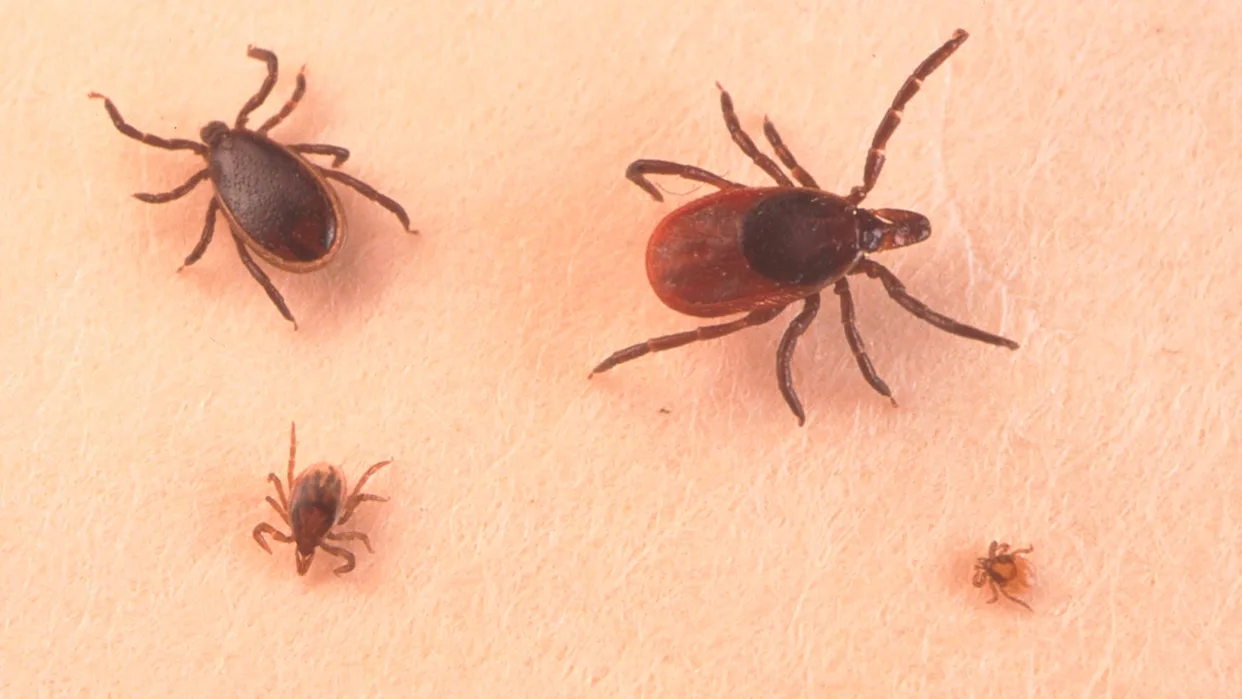As spring kicks in, Burke’s stunning community parks become vibrant outdoor hotspots. Still, this seasonal change brings an unpleasant one. The warming weather and activity in spots like Burke Lake Park and Pohick Bay Regional Park signal for many pests to wake from their winter slumber. Families use these to conduct picnics, but aggressive wasps, ants, and swarms of mosquitoes often witness them. These pest problems go beyond single park visits; they disrupt community events, youth sports, and the overall enjoyment of Burke’s outdoor spaces.
If pest populations become excessive, the ultimate goal of these valuable community areas is no longer served, and professional pest management services may be necessary to return them to their rightful place of tranquility. Effective pest solutions in Burke are the only way to combat pest issues and ensure the community parks remain pest-free.
Common Pest Spikes During Spring In Burke’s Community Parks
The spring activity of pests in Burke’s parks runs along a fairly predictable track that many locals have come to identify. Pest complaints increase 65% between March and May compared to the winter months, according to data from the Fairfax County Park Authority. Northern Virginia, including Burke, is seeing mosquito populations peak 40% earlier than they did two decades ago because of manmade climate change, according to the Virginia Department of Health.
-
Mosquitoes and Flying Insects
As temperatures stay consistently above 50°F, the wetland areas of Burke Lake Park become prime breeding grounds for mosquitoes. Those many water features and retention ponds are perfect for breeding mosquitoes.
-
Ant Colonies
Wooded trails near Pohick Bay Regional Park are busy with ants searching for their colonies after their winter dormancy. Ants, more so around picnics and any play equipment, where food scraps bring out thousands of these insects.
-
Stinging Insects
Burke’s Optimist Park pavilions and playground structures are prime real estate for an alarming issue at certain high-traffic times of the day, as paper wasps and yellow jackets build new nests.
What Is The Reason Behind This Rise During Spring?
The increased pest activity around Burke’s community parks is simply due to natural biological cycles that coincide with spring. Despite the winter sleep, when temperatures continuously climb above 60°F, insects begin to emerge and search out food and nesting sites. The combination of flowering plants, standing water, and human activity that creates food waste makes Burke Park rich in resources.
And the warmer spring weather brings more humans into these parks, which adds yet more temptations for insects. Picnic families, sports teams, and local events aid the availability of food scraps and high-fructose drinks that attract insects. It also seems that Burke is located in that next climate band as you get into Northern Virginia, and mild winters mean more people can survive, so they have larger emergencies in the spring. When winter populations survive, and conditions for breeding are right, then the stage is set for just such a pest spike in local parks.
How to Keep These Parks Clean?
Keeping Burke’s community parks free of pests requires collaboration between park management, visitors, and professionals. Park-goers can help by putting food waste away in sealed containers and avoiding perfumy personal products that bring in bugs. If we report pest hotspots to Fairfax County Parks, we can potentially find problem areas before they become widespread infestations.
However, professionals need to do large-scale pest management to yield desired results! Companies such as Green Pest Services recognize the specific problems that parks in Burke experience, and can treat those areas carefully without injuring residents or nature. They collaborate with local park authorities to set up monitoring plans and preventive actions so that pest problems can be tackled before they affect park users.
Specialists literally make the landscape as late summer turns into fall. Identification of local pest behavior is key, and they can recognize breeding sites that remain unnoticed by the untrained eye. The integrated approach to pest control quickly reduces population numbers while balancing situations to ensure Burke Parks remain enjoyable during the spring and summer months.










